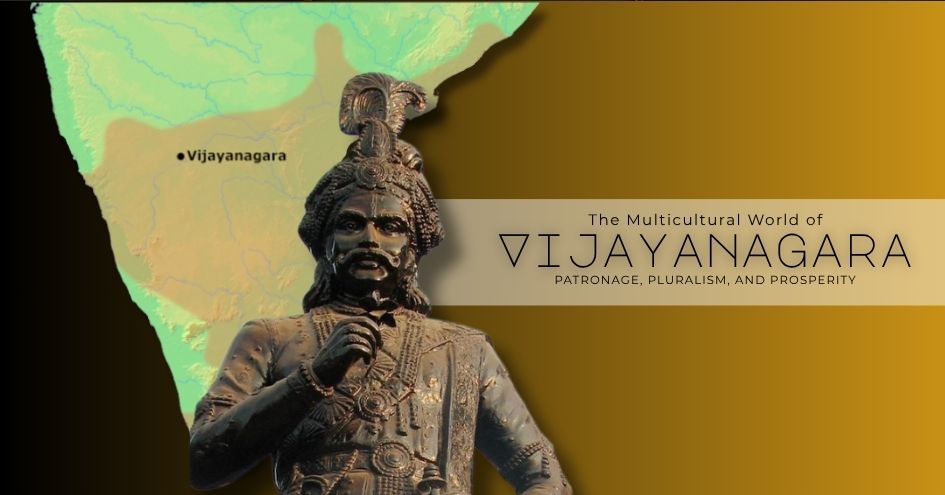
Our Indian History is rife with well-known watershed moments that gave rise to or heralded the fall of empires. Famous battles of victorious and fallen kings, immortalised heroes, burgeoning cities built upon the ruins of another, we have all seen how conflict propels the narrative in Indian History. However, there were eras of historical peace and prosperity that can teach us an important lesson or two.
Recently, a controversy has been stoked over the origins of Kannada being derived from Tamizh and in that controversy, battle lines are once again drawn over which language enjoys linguistic superiority over the other. And in our minds and Indian maps, we have drawn state borders along linguistic lines, defining people on the basis of the language they speak instead of our shared culture.
However, there was a medieval Indian polity that refused to be defined by these divisions and established a multicultural and linguistic polity where all faiths, languages and cultures were respected and patronised.
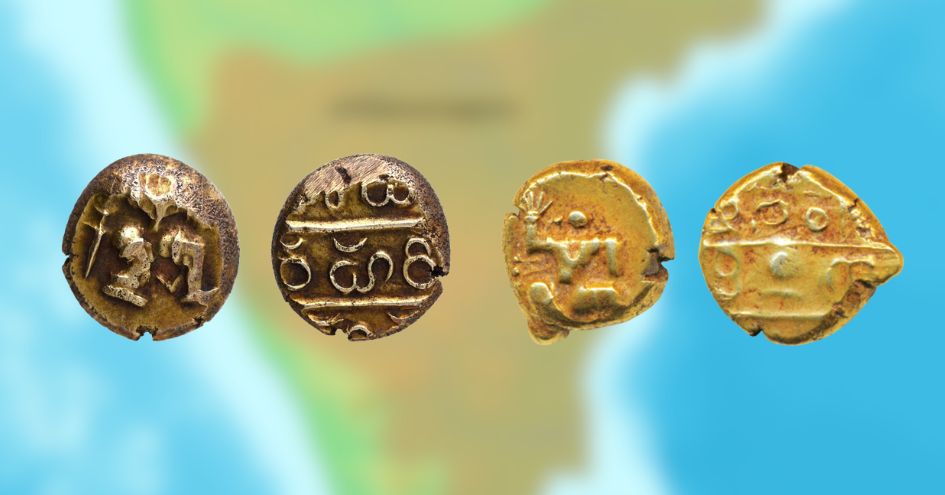
Vijayanagara: A multicultural and ethnic empire
At the height of its power, the Vijayanagara empire which was founded by Harihara I and Bukka Raya I of the Sangama dynasty erupted from the territories south of the Tungabhadra River and spread into the regions of Andhra, Kerala and Tamizhakam over the rule of subsequent kings. At the height of its power, it had the south and south Deccan under its control with certain kingdoms in Kerala free from its jurisdiction but under its regional influence.
Vijayanagara was fabulously wealthy and its capital city was the second most populous city in the medieval world after Beijing in Ming China. It was a cosmopolitan city with all kinds of people from and beyond the borders of the empire treading its streets and residing in it. Certain sites like the ruins outside the world famous Virupaksha and Vittala temple complexes would have once been some of the busiest and bustling market centres of the medieval world. Travellers and merchants from Europe, Africa and Asia flocked to the city and writers like the Italian Niccolo de Conti, Portuguese Fernao Nunes and Moroccan Ibn Battuta spoke and wrote highly about the citizens who were known to be well-mannered, cultured and prosperous. Imagine how many domestic and foreign dialects would have been heard on the busy streets of this city! Imagine all these people from different nationalities living, trading and interacting with each other for their lives and livelihoods.
Vijayanagara empire reached its zenith under Emperor Krishnadeva Raya. The emperor was a great patron of the arts and literature. At his court he patronised poets of Kannada like Mallanarya and Vyasatirtha (Rajguru of the emperor) who produced great works of Kannada poetry and devotional verses that transformed Kannada literature. The emperor was a great patron of Telugu literature which entered its golden age under his patronage. Poets like Allasani Peddana, Nandi Thimmana, and Pingala Surana among other literary luminaries graced the royal court, forming the Ashtadiggajas or legendary eight elephants of the Vijayanagara royal court.
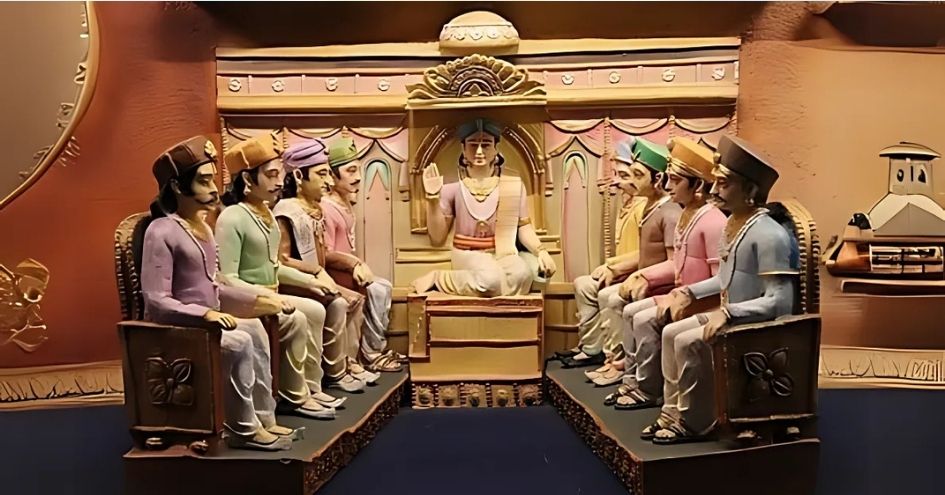 The Tamizh poets Haridasa and Arunagirinathar lived during the times of the Vijayanagara empire, composing beautiful poems and devotional verses that immortalised them and their devotion to the Almighty. Sanskrit literature also flourished in Vijayanagara with the Rajaguru, Vyasatirtha composed beautiful works. The Sanskrit work, Madhura Vijayam, composed by the erudite royal, Ganagadevi, wife of Prince Kumara Kampana chronicles the defeat of the Madurai Sultanate at the hands of the Vijayanagara empire and the subsequent liberation of Madurai itself.
The Tamizh poets Haridasa and Arunagirinathar lived during the times of the Vijayanagara empire, composing beautiful poems and devotional verses that immortalised them and their devotion to the Almighty. Sanskrit literature also flourished in Vijayanagara with the Rajaguru, Vyasatirtha composed beautiful works. The Sanskrit work, Madhura Vijayam, composed by the erudite royal, Ganagadevi, wife of Prince Kumara Kampana chronicles the defeat of the Madurai Sultanate at the hands of the Vijayanagara empire and the subsequent liberation of Madurai itself.
Krishnadeva Raya himself was an accomplished poet who composed works in Telugu and Sanskrit and during his reign, Vijayanagara prospered as one of the most powerful empires in the subcontinent.
Vijayanagara was also the site for burgeoning Shaiva and Vaishnava traditions of the Veerashaiva and Haridasa sects. Hinduism was revived under the teachings of eminent scholars and royal patronage with Krishnadevaraya particularly known for his patronage and support for Tamizh Vaishnavism through his patronage for temples like Srirangam. Both the Dvaita and Advaita philosophies had champions. Intellectual and philosophical debates in different languages increased the scholarly output and transformed Vijayanagara into a hub of knowledge and intellectual dynamism.
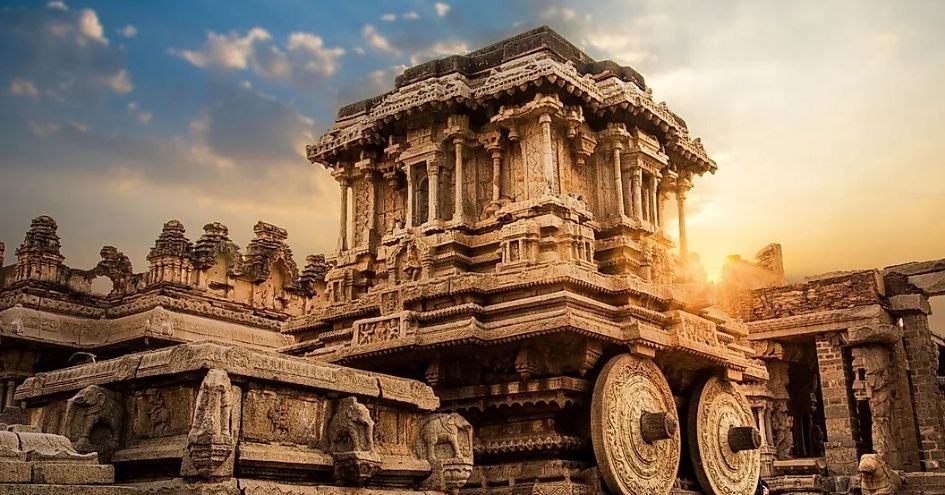
It was for this reason why when the capital of Vijayanagara was burnt after the Battle of Talikota primarily at the hands of the Deccan Sultans of Ahmadnagar, Bijapur and Golconda, it was like a wound was dealt to Indian History itself, the scars of which lie unforgotten. Today, the ruins of Hampi are filled with whispers of those eminent times when an empire thrived and united the whole of South India into one truly consolidated South Indian empire.
Language is a means of communication and building human connection. It is a bridge which allows people to foster relations rather than differences. The Vijayanagara Empire stands as a beacon of a multicultural and inclusive society, one where linguistic and cultural differences were embraced. At a time when contemporary debates seek to divide people along linguistic and regional lines, Vijayanagara's legacy reminds us that unity in diversity is not just an ideal but a reality that once flourished in the Indian subcontinent.
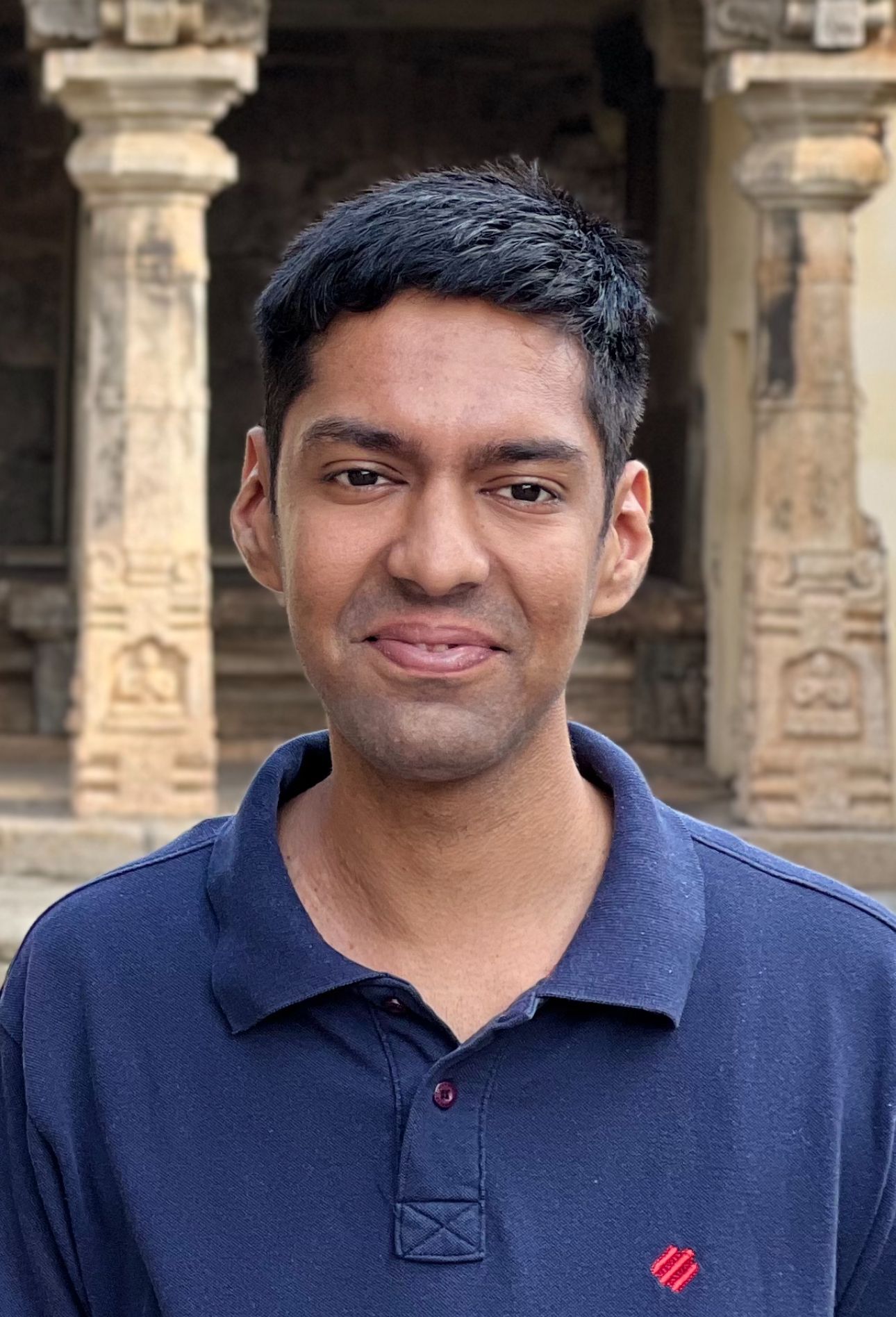 Vignesh Ganesh is a lawyer and writer. He is interested in ancient history and Itihasa and this interest culminated in his first book, "The Pallavas of Kanchipuram: Volume 1", which he co-authored with Mr. K. Ram, a fellow enthusiast of Indian history and culture.
Vignesh Ganesh is a lawyer and writer. He is interested in ancient history and Itihasa and this interest culminated in his first book, "The Pallavas of Kanchipuram: Volume 1", which he co-authored with Mr. K. Ram, a fellow enthusiast of Indian history and culture.
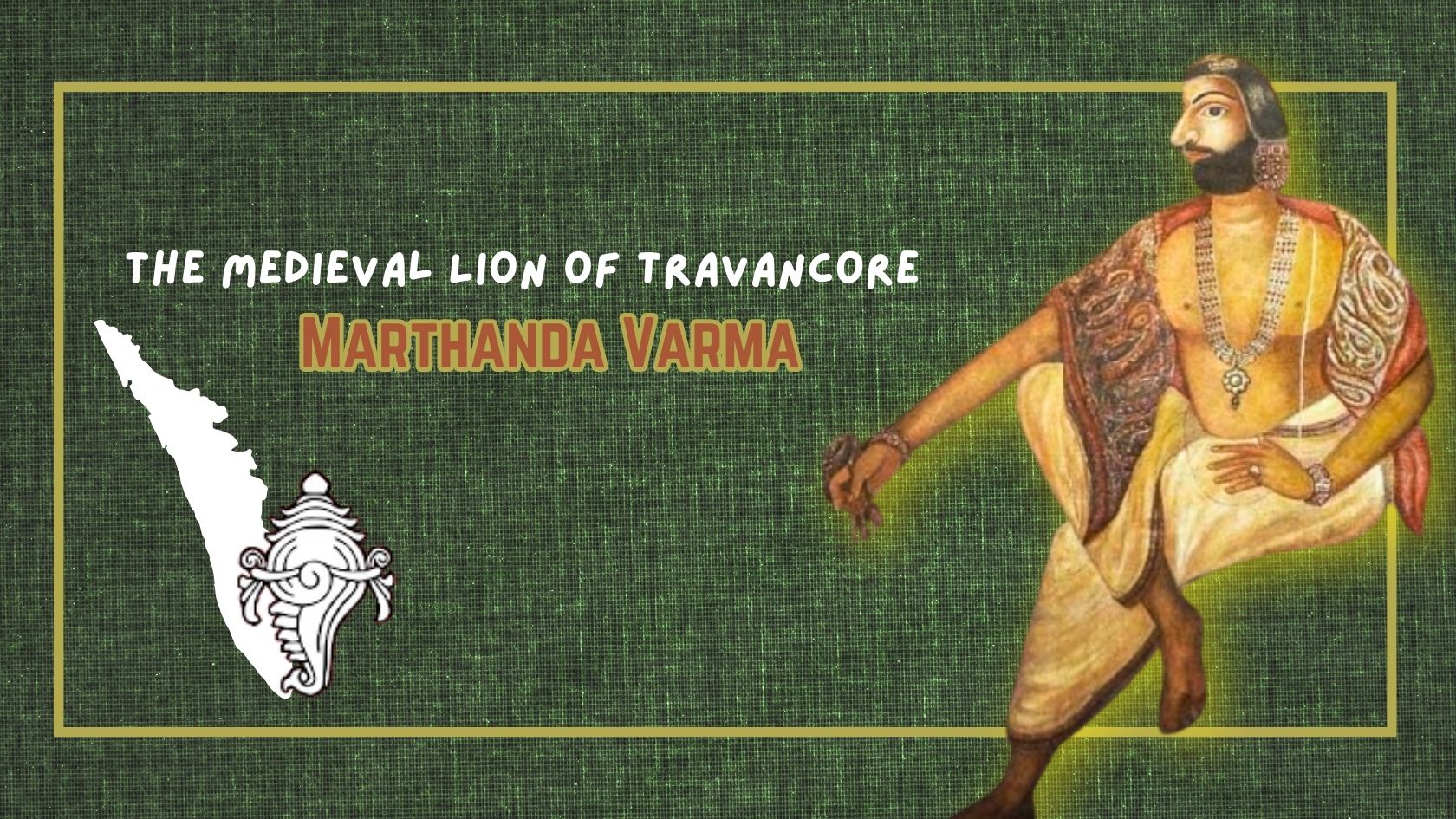
Shri Ramachandra Prasad's captivating narrative and the hot chai that was served at the right time transported me to ancient Kerala, where the extraor...
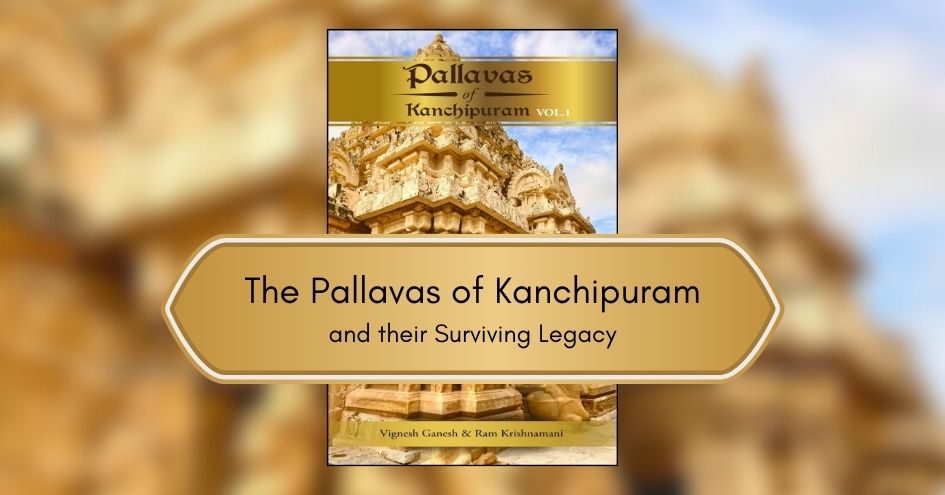
Introduction In Bharatvarsha, History is not the account narrated by victors. It is the record left behind by survivors. The study of Indian History...
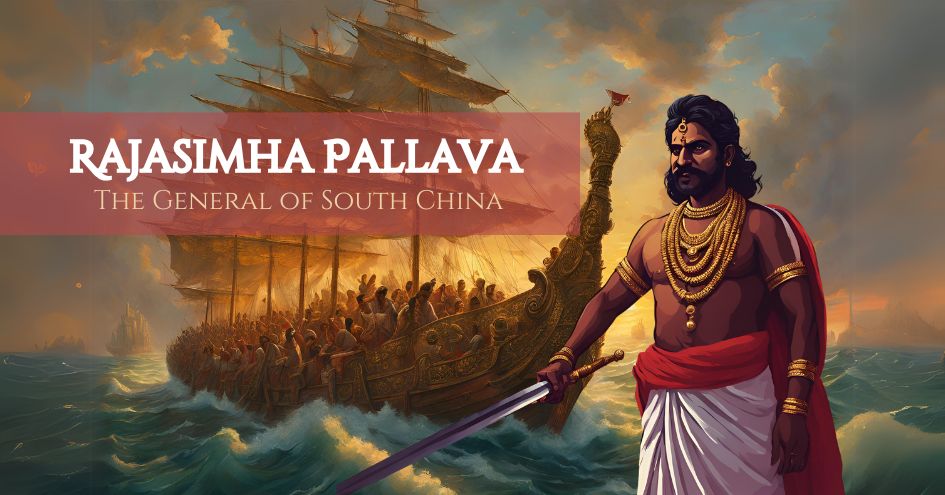
It is the first-half of the 8th Century C.E. in South India. The Pallava kingdom possesses strength and prosperity with some of the greatest monument...